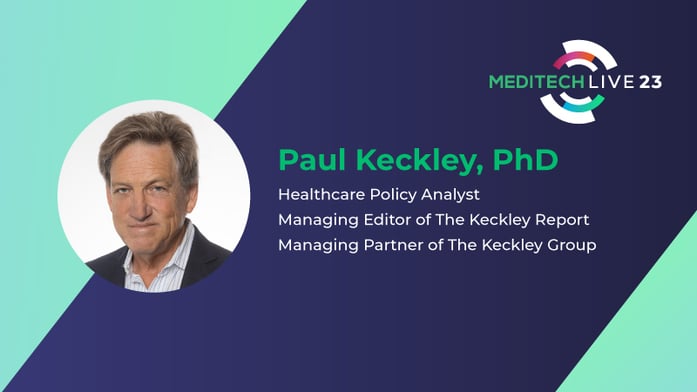
There’s no definitive way to predict the future – especially when dealing with the complexity of the healthcare industry. However, that does not negate the importance of being informed and prepared. We do have control over our knowledge, gathered by assessing where we’ve been and how that will define the next steps. Mapping trends creates a blueprint ripe for strategic application.
Organizations often struggle to look ahead when financially planning because they aim to anticipate every issue. If COVID taught us anything, it is to expect the unexpected. Nailing down the common denominators between trends reveals areas of opportunity, so organizations know where to shift their focus and begin building the infrastructure that will carry them through uncertain waters.
The future state of healthcare continues to be impacted by trends originating in these key zones of activity:
Clinical
Trends in this sector require a deeper evaluation than simply noting the independent role of doctors, nurses, and other providers in their facilities. Comparing interactions with patients in person and behind the scenes as a whole reveal a wealth of information on the equity of care delivery. It spurs questions such as: How are treatments and diseases managed and do clinicians follow a due process consistent with industry-wide practices? How are social determinants recorded and addressed? Inconsistent definitions of the value of care leave the clinical area prone to contradiction, thus leading to distrust within their patient populations.
Technology
Examine the technologies that access, organize, and deliver data to an organization. Facilitating a strong clinical strategy necessitates the proficient deployment of digital platforms, which can falter without a consistent training regiment. Organizations that know their operations inside and out exhibit more confidence in their investment decisions and that confidence then influences their digital transformation. Supported by sophisticated technology, health systems can achieve better, faster, and more affordable results.
Regulatory
Many industries cannot relate to the all-encompassing role that regulations play in the healthcare industry. A mix of local, state, and federal laws dictate every aspect of healthcare and frequently contradict themselves. While the regulations aim to balance profit and public good, the system is a reflection of its structure, and it leaves much to be desired. Those in leadership roles should prepare to advocate for the advancement of the industry and explore re-positioning toward finance delivery, integration, and consumer rights.
Capital
The financial strains on the healthcare system open up a door of possibilities and vulnerabilities. The constraints on public and private capital implore a reformed definition of a value-based program. Health divisions are intertwined but viewed as separate entities, establishing competition between sectors and leaving them susceptible to private investors aiming to take advantage of the dysfunction. Inversely, the need for consistency also paves the way for champions seeking a balanced capital.
Consumer
Assess how a population perceives and uses their health system. Diagnosing the reasons behind consumer decisions involves asking how they spend their money, how they receive their health information, how they vote on healthcare issues, and how they identify through social determinants. A lack of price transparency and definitive value propositions contribute to instability across the system, frustrating all involved. Consumers exhibit more valuable engagement when they feel heard and supported by their providers.
No one knows for sure what's ahead, but we do know hospitals, long-term care, and medical practices are postured for transformational change. They're not immune to these trends nor always prepared to take them on in areas such as technology. Technologies that enable real-time data-driven processes accessible to end-users are the keys to sustainable transformative success.
The path to future success needs providers willing to advocate with open minds, facts, and creativity. Are you ready to take on the role?
If so, join your fellow changemakers at MEDITECH LIVE, September 20-22 at the company’s Conference Center in Foxborough, MA. I look forward to delivering my keynote address, “Trends and Signals that Redefine the Future State of US Healthcare and What Organizations Must Do to Be Ready.” I also give an overview of what to expect in this short video. Be prepared to dive further into the trends above, why they matter, and what solutions you can take from them.
Check out our upcoming events by viewing our Events Page.




